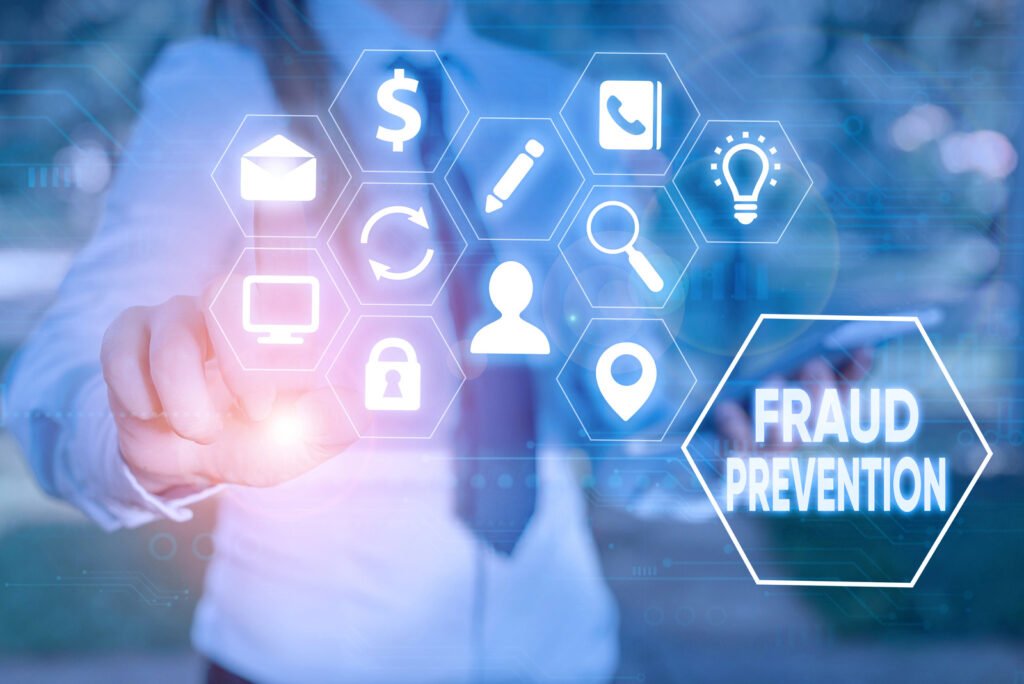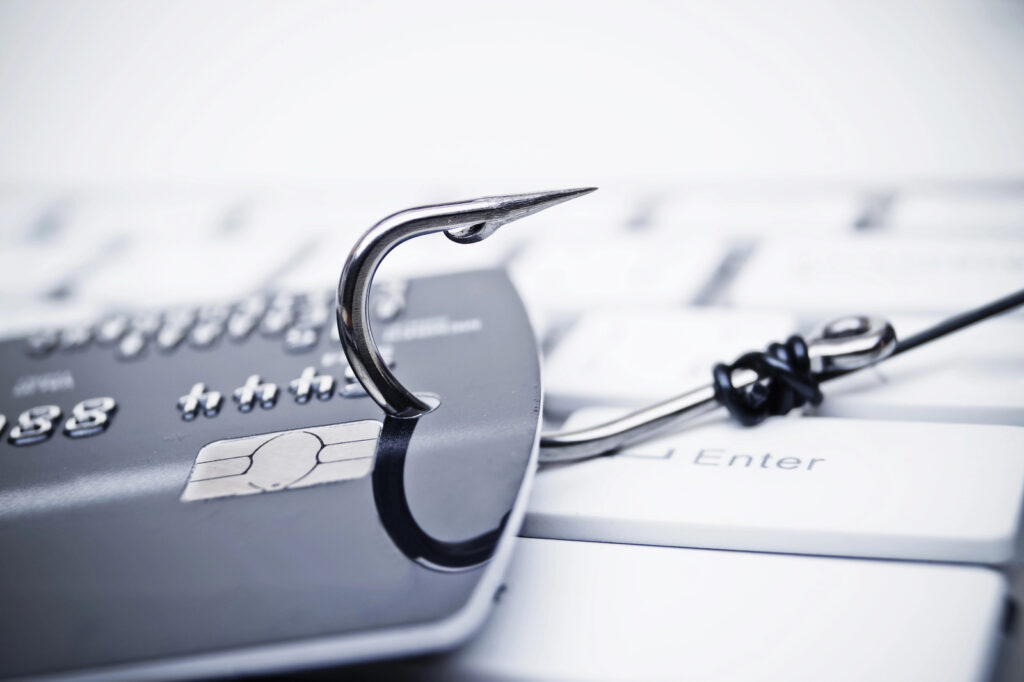The digital world brings endless opportunities, but it also comes with risks. Cyber security has become a fundamental aspect of our lives, protecting sensitive information and digital assets from cyber threats.
Whether you're an individual or a business, understanding and implementing robust cyber security measures is essential. This guide takes a deep dive into the essentials of cyber security, cyber attacks, common cyber threats, best practices, and what the future holds for online cyber security.
Introduction to Cyber Security

What is cyber security, and why does it matter?
Cyber security involves protecting internet-connected computer systems, including hardware, software, and data, from cyber criminals. It's not just a requirement for sensitive data-heavy corporations; it's something that affects everyone.
From safeguarding personal mobile devices to securing company databases, cyber security touches all facets of our digital life.
With the rise of remote work, cloud computing, and IoT devices, threats are more prevalent than ever. Fortunately, being informed and proactive with an efficient security strategy can mitigate much of the risk.
Understanding Common Cyber Attacks

To defend yourself against cyber criminals, you must first understand the types of cyber attacks and threats you face. Here’s a breakdown of prevalent cyber security risks:
Phishing - Steal Sensitive Data
Phishing is a scam where fraudsters impersonate trusted entities to trick users into revealing sensitive data, such as login credentials or credit card numbers. Often arriving via email, these attacks mimic official communications from banks or employers, urging you to click on links or provide information.
Example: A phishing email may contain a link directing you to a fake login page, asking for your password. Once entered, the attacker gains access to your account and steal sensitive data.
Malware - Malicious Software
Malware is a broad term for malicious software designed to harm devices or steal data. Viruses, worms, spyware, and trojans all fall under this malicious software category. Malware often comes hidden in seemingly harmless files or apps downloaded from the web.
Impact: Malware can corrupt files, steal personal data, or even allow attackers to control your device remotely.
Ransomware
Ransomware is one of the most damaging cyber attacks today, encrypting a victim’s files until a ransom is paid. This type of cyber attack is devastating for both individuals and organisations, as it locks away crucial data and demands a hefty price for its return.
Real-world Cyber Security Incident: The WannaCry ransomware attack of 2017 impacted over 200,000 computers worldwide, affecting businesses, healthcare systems, and more.
Date Breaches
Data breaches are becoming increasingly prevalent, with reports of large-scale cyber attacks on companies and organisations making headlines regularly. A data breach is a cyber security incident where sensitive or confidential information is accessed without authorisation.
Impact: Personal information, including names, addresses, credit card numbers, and more can fall into the wrong hands during a data breach.
AI Security Risks
As technology evolves, so do the methods of cyber criminals. One growing concern is the use of artificial intelligence (AI) in cyber attacks. AI-powered tools can automate and scale cyber attacks, making them more sophisticated and difficult to detect.
Cyber criminals can also use AI to replicate speech or writing styles of individuals, making it challenging to distinguish between real and fake communications.
Best Practices for Personal Cyber Security Attacks

For individuals, taking basic precautions can significantly reduce the risk of cyber attacks. Implement these strategies to stay safe:
1. Use Strong, Unique Passwords
A strong password is your first line of defence. Avoid using easily guessable words like “password123” and instead opt for complex combinations of letters, numbers, and special characters. Better yet, use a password manager to generate and store unique passwords for all your accounts.
2. Enable Two-Factor Authentication (2FA)
Two-factor authentication adds an extra security layer by requiring a second piece of information to log in, usually a code sent to your phone or email. Even if a cyber criminal steals your password, they won't gain access without this additional verification.
3. Keep Software Up-to-Date
Outdated software often contains vulnerabilities that cyber criminals exploit. Ensure your security measures and operating systems such as antivirus programs, and apps are updated regularly to mitigate security risks.
4. Consider Penetration Testing
Penetration testing simulates cyber attacks on your system to identify vulnerabilities. While typically used in corporate settings, tech-savvy individuals can also benefit by proactively addressing their weak spots.
Cyber Security for Businesses

Businesses face unique challenges in the cyber security landscape. Data breaches and downtime can have far-reaching consequences, harming reputation and profitability. Here's how organisations can enhance their defences:
1. Cyber Security Employee Training
Human error is often the weakest link in cyber security. Equip employees with the knowledge to recognise security threats, such as how to spot phishing attempts and use strong passwords.
2. Implement Firewalls
Firewalls act as a barrier between your internal network and the internet, filtering out malicious traffic. A robust firewall system is essential for any business handling sensitive information.
3. Use Intrusion Detection Systems (IDS)
Intrusion Detection Systems monitor network activity for suspicious behaviour. When a potential breach is detected, IDS alerts the organisation so swift action can be taken.
Interested fact: IBM reports that companies using automated security technologies can identify and contain breaches 27% faster than those without these tools.
4.Cloud Security Measures
Cloud computing allows for remote access and data storage, making it increasingly popular among businesses. However, ensure proper security measures are in place to safeguard sensitive data stored on the cloud.
The Future of Cyber Security

As computer systems evolve, so too do cyber attacks and threats. The future of cyber security will feature exciting innovations—and just as many challenges. Here's a glimpse of what's on the horizon:
The Role of AI in Cyber Security
Artificial intelligence is a growing player in cyber defence strategies. AI can process vast amounts of data to identify threats in real time, automating responses to neutralise attacks quickly.
Potential benefits: AI-driven systems can detect patterns that human analysts might miss, improving overall security efficiency.
Quantum Computing and Its Threats
While still in its infancy, quantum computing poses a future risk to encryption. Current encryption techniques could become obsolete, as quantum computers may decode them quickly, making sensitive data vulnerable.
Fortunately, researchers are already working on quantum-proof encryption methods to counter this looming challenge.
The Need For Cyber Security
Technology is woven into the fabric of our everyday lives, and with it comes the need for constant vigilance in cyber security. Protecting your data is no longer optional—it's a responsibility for individuals and businesses alike.
By staying informed, adopting best practices, and investing in advanced security measures, you can stay one step ahead of cybercriminals.